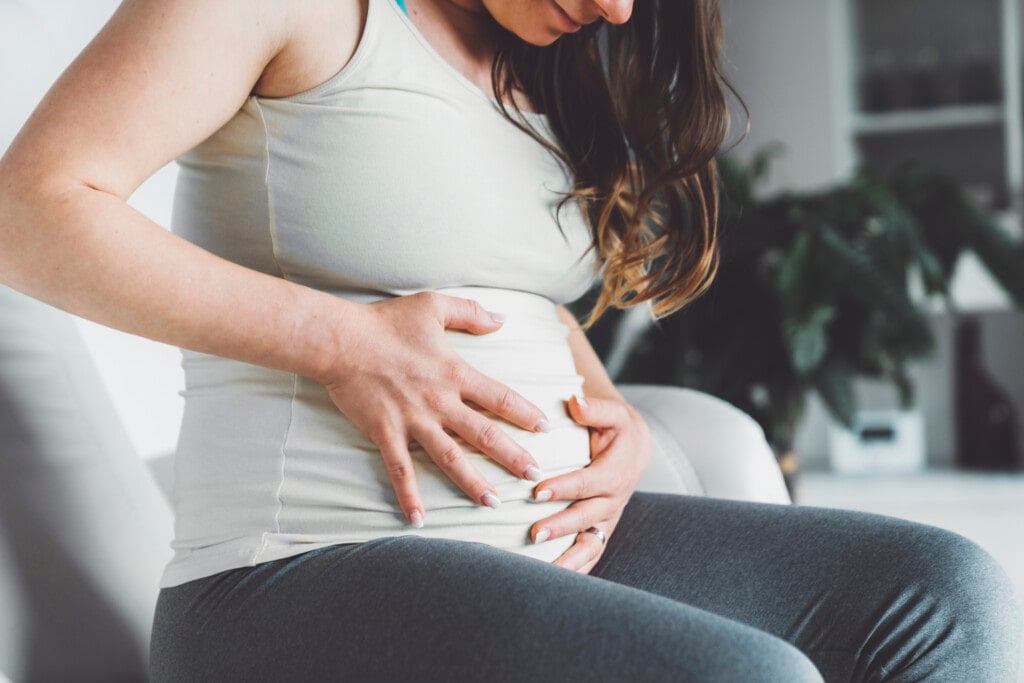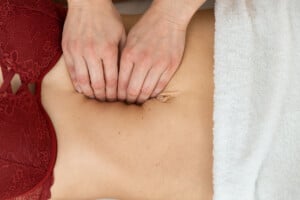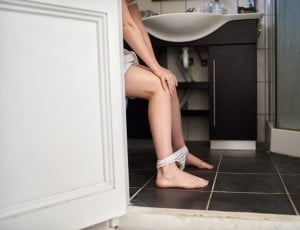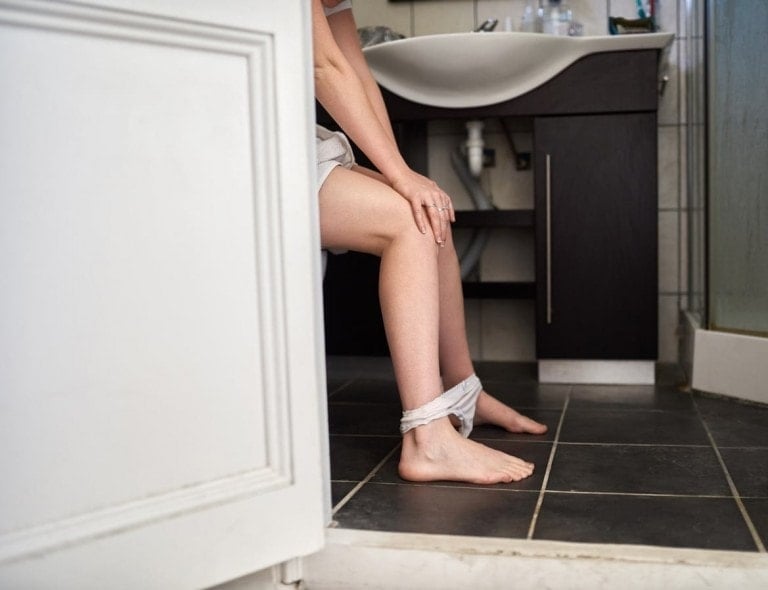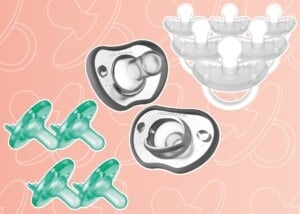Childbirth is physically, mentally, and emotionally exhausting. You battle pain that feels like it’ll last forever. Then, finally, you deliver your beautiful new baby–but here comes the news that no new mom wants to hear. Those aches aren’t coming to a halt just yet.
Say hello to the postpartum period. As your body recovers from pushing out a baby, you’re again met with another set of painful symptoms. Everything that once expanded or made room for your infant has to return to its original pre-pregnancy state, including your uterus.
The process of a mom’s uterus contracting to return to its original size is called uterine involution. It feels like contractions all over again for many women, except this time around, your baby is already born. Many first-time mothers don’t feel these post-birth contractions, but they get stronger with subsequent babies since your uterus is working harder to return to its pre-pregnancy size.
To help you get through this uncomfortable stage, we’ve broken down what it is, the signs that it’s occurring, and what to look out for.
What is Uterine Involution?
Uterine involution is the restoration process of a mother’s uterus returning to its pre-pregnancy condition, anatomically and functionally. It’s often called the fourth trimester or “afterpains” since women experience mini contractions, similar to when they were in labor. Moms often compare the pain to menstrual cramps, ranging from mild to severe.
Involution can last for six to eight weeks upon giving birth. Still, every case is different, which is why the American College of Obstetricians and Gynecologists recommends the extension of postpartum care to 12 weeks after birth.1
Though the cramps typically feel most intense for the first and second days of postpartum recovery, they will lessen in pain by day three and are bearable during the remaining weeks.
What Happens During This Process?
After childbirth, as a mom’s adrenaline rush comes crashing down and the physical exhaustion settles in, the uterus goes straight to work, and the contraction period begins. During this time, contractions work to compress blood vessels in the uterus to prevent too much bleeding. To women’s dismay, they’ll start to feel abdominal pains and cramps.
The female hormones (estrogen and progesterone) will simultaneously focus on controlling changes within the uterine lining, which leads to a rapid loss of uterine cells. This, along with other cellular processes, allows the lining of the uterus to return to its fully restored state within four to six weeks.
When Should I Be Concerned?
Uterine involution is a natural process the body goes through. While you cannot stop it from occurring, it’s important to be vigilant of your symptoms, as it can bring forth a slew of potential issues, such as:
- Breastfeeding difficulties
- Cramping and lower abdominal pain
- Decreased sexual drive
- Fatigue and trouble sleeping
- Involuntary urination
- Onset or intensified mental health disorder
- Stress
Vaginal discharge after childbirth is also a normal process, as parts of the uterus, cervix, and vagina are shed. You’ll spot the release of a discharge called lochia. This discharge can occur for two weeks or last up to six.
Lochia’s color and composition change about every four days.2 It’s red within the first four days and is composed of decidua (mucosal lining of the uterus), endometrial tissues, and mucus. In the next five to nine days, lochia turns yellowish or pale brown, mainly containing blood, mucus, and white blood cells. Lochia is then white and consists mainly of mucus during its last stage, lasting from 10 to 14 days.
If you notice that the initial red color lochia occurs for longer than a week, it may signify uterine subinvolution. An infection may be present and detected if there is a pungent odor, large pieces of tissue, or blood clot present in the lochia or if lochia is absent.
Pain Management for Uterine Involution
Although you don’t have any control over your afterpains, there are a few ways to ease discomfort.
- Take ibuprofen as needed. If you do not feel relief, your doctor may prescribe another medication.
- Remember those breathing techniques you used during labor? They can once again help and provide comfort with cramps.
- Massage your lower abdomen and place a warm heating pad over the area.
- Use the bathroom often to avoid having a full bladder, which can hinder the uterus from fully contracting.
A woman’s physiology is affected and changed significantly during pregnancy and the postpartum period. Moms must pay close attention to the symptoms and changes occurring during uterine involution. If you sense any concerns, contact your healthcare provider to ensure that the proper course of action is taken to avoid emergencies.

